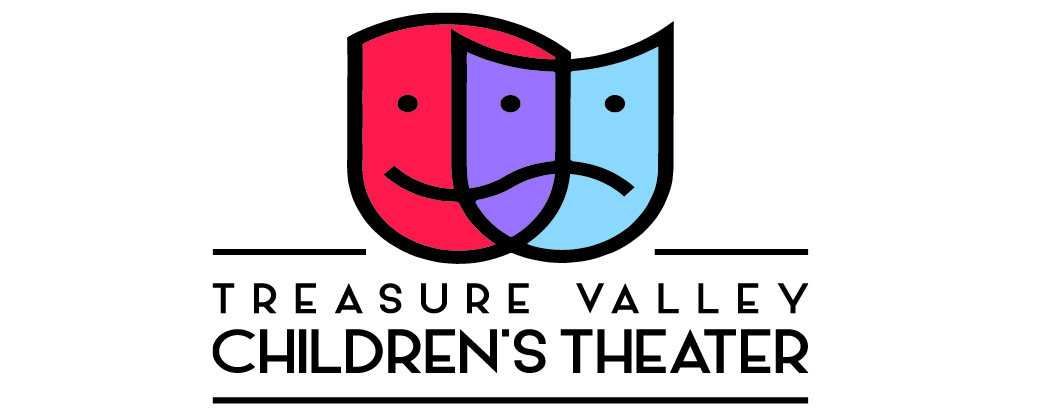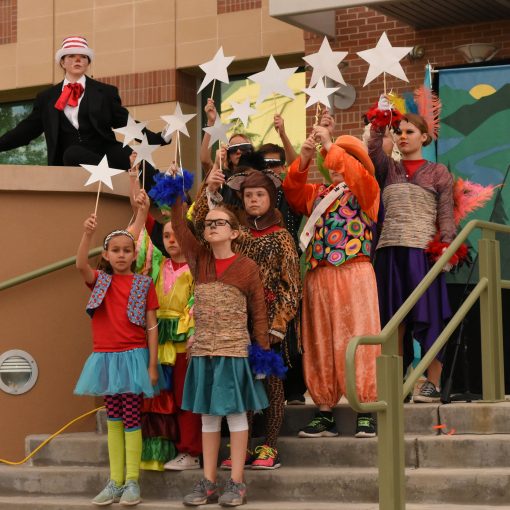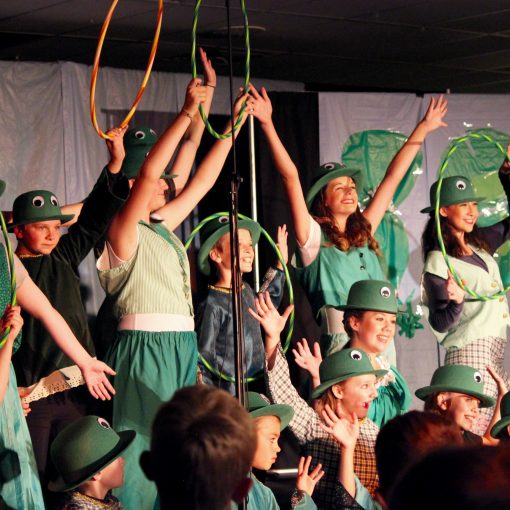Post 4 of 4: a letter to the new-to-theater family
Today I want to talk about the real-world skills your child (and possibly you) are gaining from participating in a Performing Arts program. This is the final post in this series (for now); but if you have additional questions, please contact me! If you missed my first three posts, you can check them out here.
In my experience, a lot of parents who identify as “non-theater-educated” were involved in other types of activities as children. Recreational, or academic, or civic organizations. All of these extra curricular programs add benefit to a child’s development. Analysis of the Department of Education’s database of 25,000 students demonstrated that students with high levels of arts participation outperform “arts-poor” students – students not engaged in arts programs. Seven teams of researchers examined a variety of arts education programs using diverse methodologies. They compiled their findings in a 91 page report titled, “Champions of Change: The Impact of the Arts on Learning.”
Their findings demonstrated that students with high levels of arts participation outperform students not engaged in arts programs. Since arts participation (and access to the arts) is highly correlated with socioeconomic status, which is the most significant predictor of academic performance, this outcome comes as little surprise.
However, the size and diversity of the database permitted “Champions of Change” researchers to find statistical significance in comparisons. A closer look showed that high arts participation makes a more significant difference to students from low-income backgrounds than for high-income students. Researchers also found clear evidence that sustained involvement in particular art forms—music and theater—are highly correlated with success in mathematics and reading.
Now, arts programs are not the only activities in which young people can grow, learn, and achieve. The “Champions of Change” researchers studied dozens of after-school programs, as well. These programs were broadly clustered into three categories—sports/academic, community involvement, and the arts. Their research shows that the youth in all these programs were doing better in school and in their personal lives then were young people from the same socioeconomic categories that were not enrolled in after-school programs.
To the researchers surprise, however, the youth in the arts programs were doing THE best. They believe that a combination of Roles, Risks and Rules offered in the arts programs had a greater impact on these young lives.
While learning in other disciplines may often focus on development of a single skill or talent, the arts regularly engage multiple skills and abilities. Engagement in the arts nurtures the development of cognitive, social and personal competencies.
The research reported in the “Champions of Change” studies revealed the following causal outcomes consistently:
- The arts reach students who are not otherwise being reached. Young people who are disengaged from school and other community infrastructures risk failure or harm. The researchers found that the arts provided a reason, and sometimes the only reason for being engaged with the community.
- The arts connect students to themselves and each other. Creating an artwork is a personal experience. The student draws upon his or her personal resources to generate the result – lending validity to that experience and generating purpose for that individual.
- The arts transform the environment for learning. When the arts become central to the learning environment, schools and other settings become places of discovery. And well-managed arts programs become safe-havens for students to take risks and discover their unique talents.
- The arts provide learning opportunities for adults in the lives of young people. Those held responsible for the development of children and youth are rarely given sufficient or significant opportunities for their own continuing education. With adults participating in life long learning, young people gain an understanding that learning in any field is a never-ending process.
- The arts provide new challenges for those students already considered successful. For those young people who outgrow their established learning environments, the arts can offer a chance for unlimited challenge. And can introduce “privileged” children to diversity in all areas of life.
- The arts connect learning experiences to the world of real work. The world of adult work has changed. Ideas are what matter and the ability to generate ideas, to bring ideas to life and communicate them is what matters to work place success. Working in a classroom or a studio as an artists, the young person is learning and practicing future work place behaviors.
The “Champions of Change” study demonstrate how involvement with the arts provides unparalleled opportunities for learning, enabling young people to reach for, and attain higher levels of achievement. The research provides both examples and evidence of why the arts should be more widely recognized for its current and potential contributions to the improvement of American education.
By participating in a theater program – whether through TVCT, or some other organization – your child is learning skill that absolutely WILL help them become a community contributor. A leader. Someone who understands their personal responsibility to the world.
Are you a proud theater parent yet? You should be. Your young performer is actively exploring their own unique talents to change the world. And they already are… Just you wait.
If you have questions or your own ideas about how the arts are playing a role in your child’s life please contact me!
Until next time. You got this!




